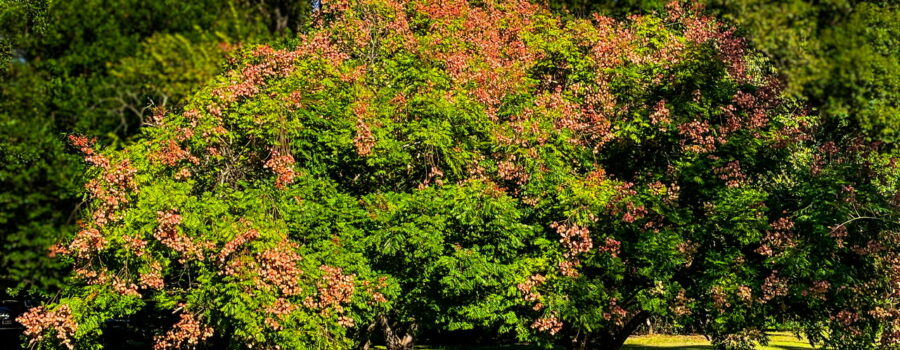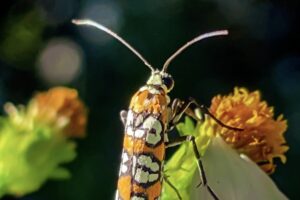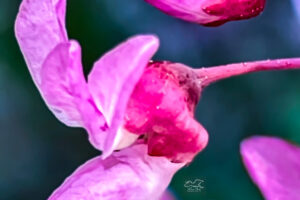Golden Rain Tree is Beautiful but Invasive

Most of the time when I write about plants I try to stick to native plants, but there are some things that grow that are too pretty to ignore, but that aren’t native. Some are considered naturalized to an area, meaning that they aren’t native, but don’t do any real damage to the environment and the native species. Others are considered invasive, which means that they can out compete native plants and potentially cause damage. Some of the prettiest trees and plants, like the mimosa, often fall into this category. Another really pretty and common tree in this area that falls into this category is the golden rain tree (Koelreuteria elegans). Some folks also know this tree as the flamegold, the panicled goldenraintree, and the Chinese lantern tree.
This tree is native to China and parts of Southeast Asia, but has been in the United States since the 1930’s. It was originally imported for use as an ornamental tree for yards, lawns, and parks. It can grow to be about 30 feet tall and can reach that height in a fairly short time. They begin to flower at a fairly early age, and their bright yellow flowers are beautiful and attract many pollinators, especially bees. The trees usually flower in the middle to late summer and drop flower petals as they start to fruit. The bright yellow petals around the tree during this time gives the tree it’s name. The fruit is also gorgeous. It tends to be a rosy pink that slowly fades to brown. Each fruit is shaped like a three sided Chinese lantern and contains several seeds. The seeds can begin to germinate 2-3 days after falling to acceptable soil. Another thing that makes this tree valuable to gardeners is that it will grow in many different soil types. It prefers moist, well drained soil with a neutral or slightly acidic pH and it does require full sun. It’s also resistant to most common diseases, but is susceptible to root rot if planted in areas that don’t have adequate drainage.
As you can see, most of the qualities that make gardeners love this tree are also the reasons that it can be invasive (ie rapid growth, numerous seeds, quick germination, soil tolerant, and disease resistant). Right now in Florida it is considered a Category II invasive plant, meaning that it has high potential for invasiveness, but so far has not been damaging. I love looking at these trees in people’s yards both when flowering and when fruiting (which is what the tree in the photos is doing), and I honestly can say that I have never seen one outside of a yard or park. Still, as beautiful as I find these trees, I wouldn’t consider planting one due to it’s potential for invasive behavior.






Recent Comments